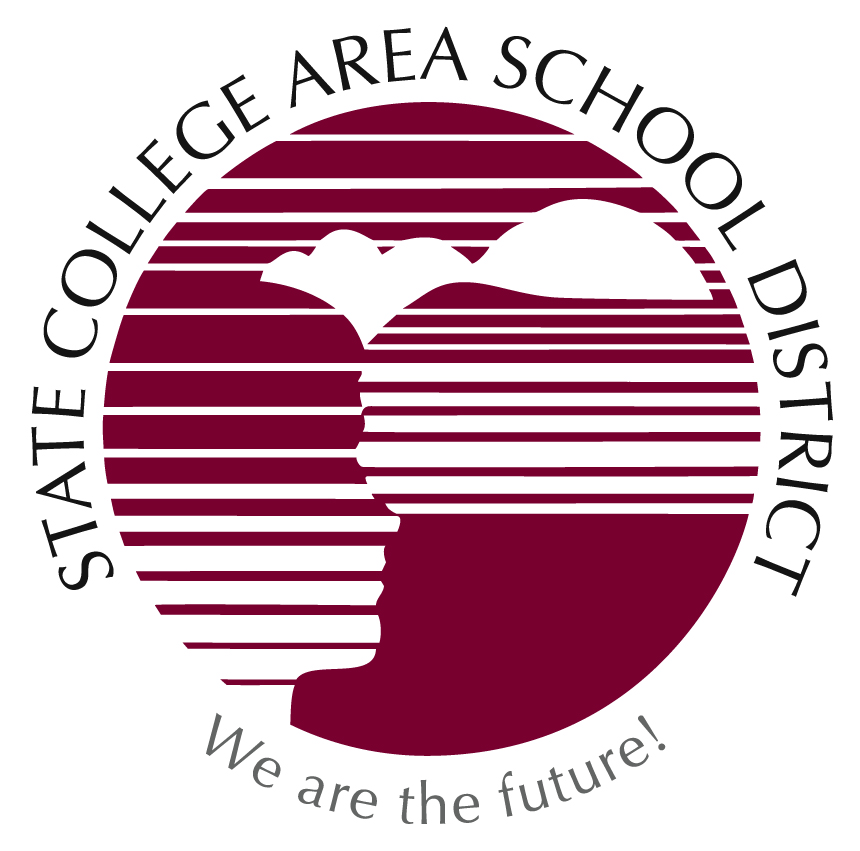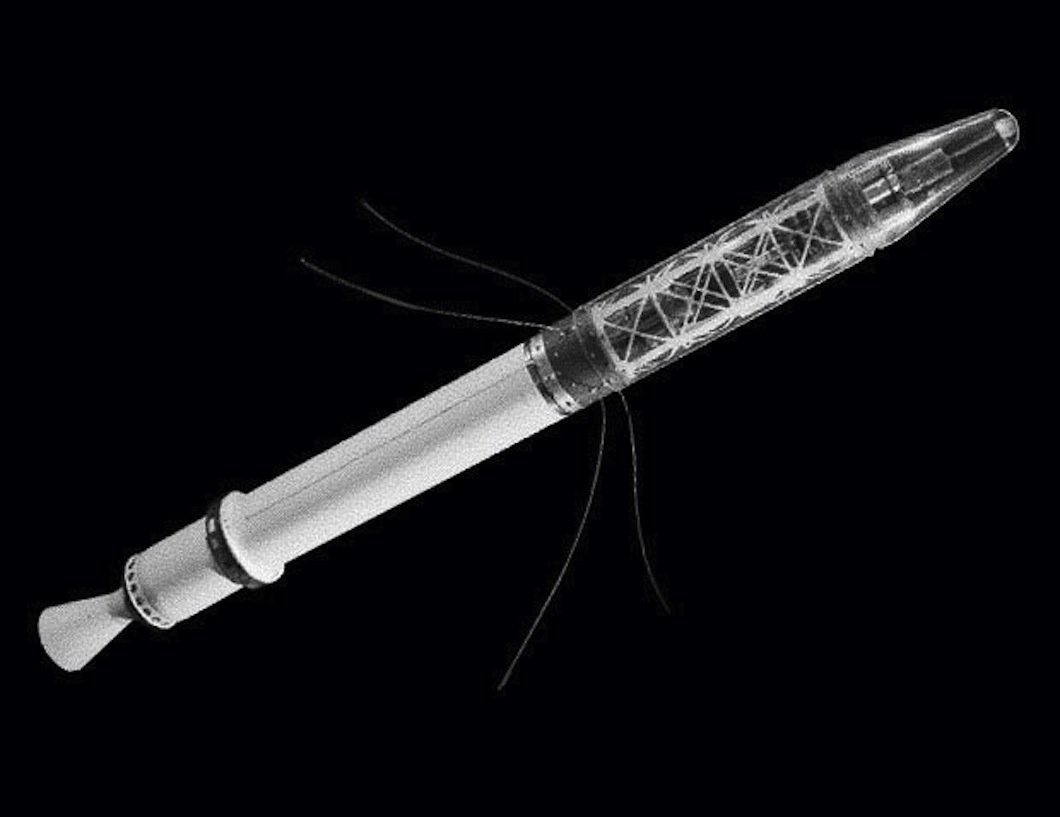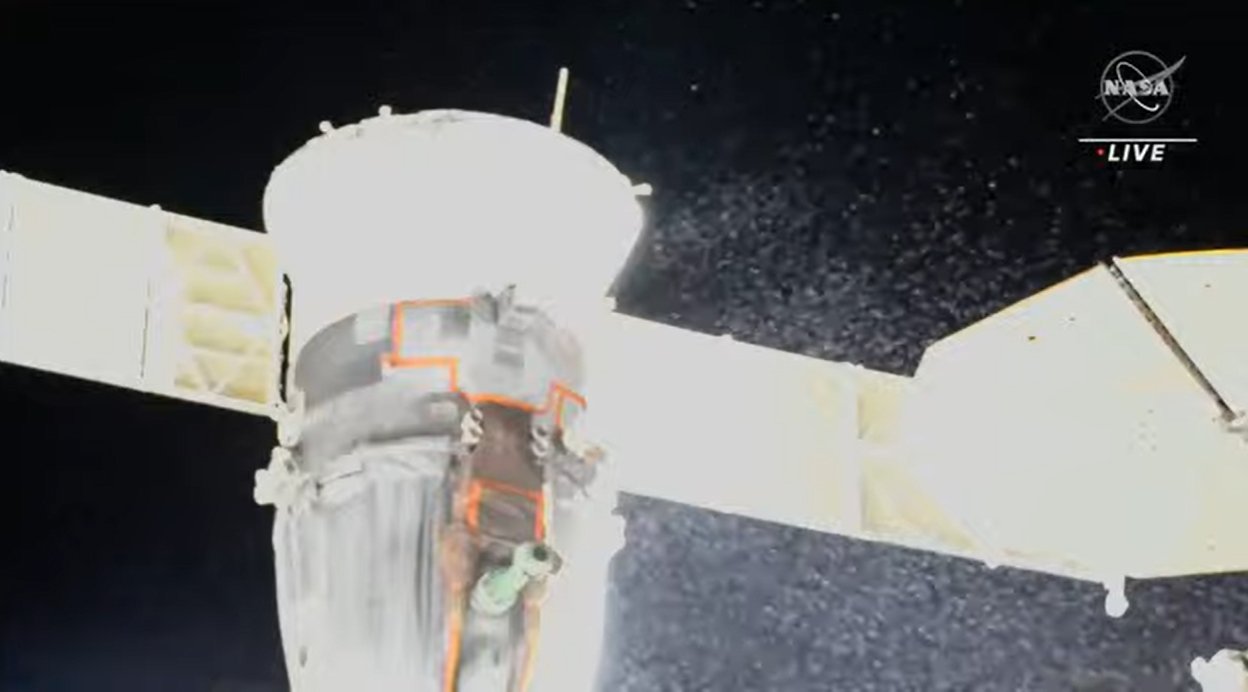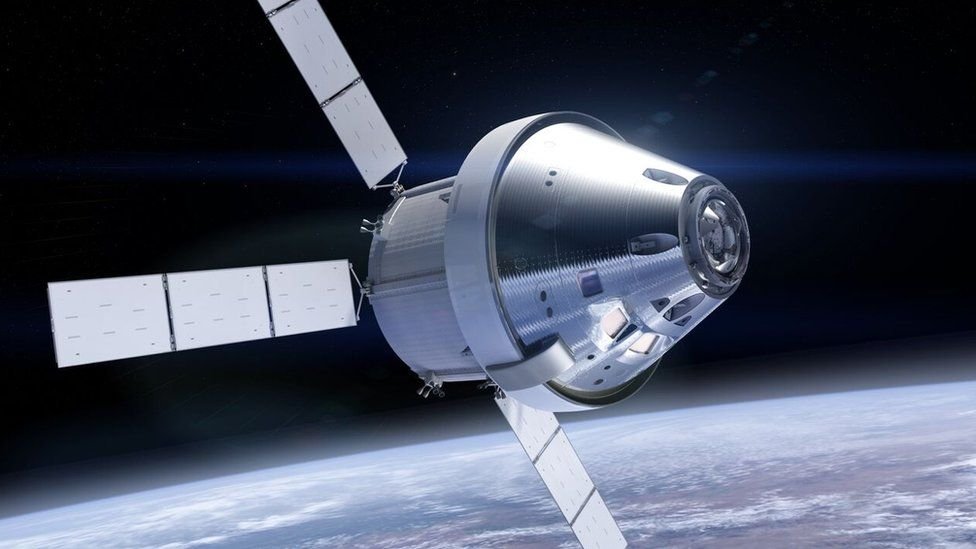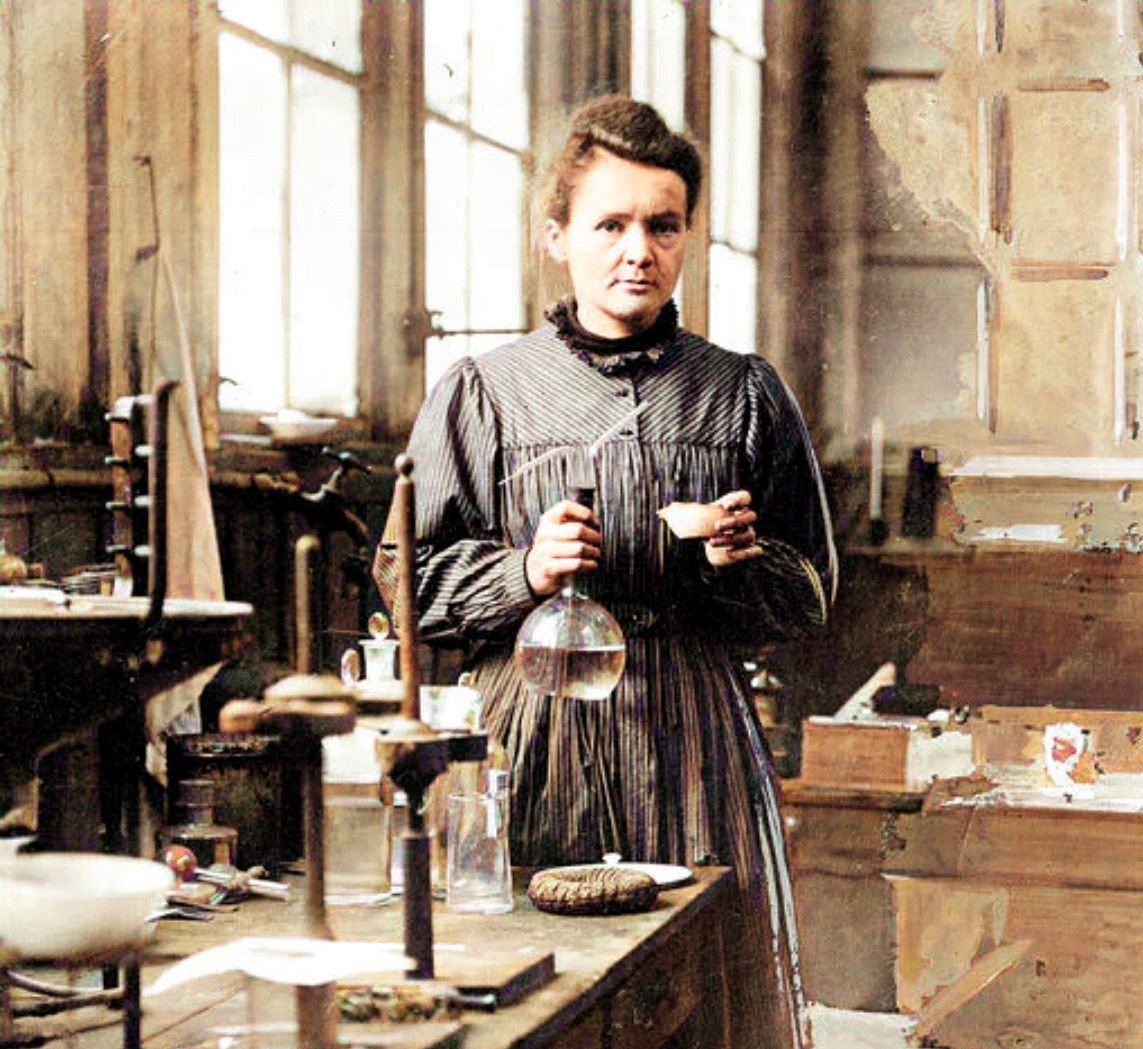This is a story about three men that risked their lives going onto a dangerous rocket and doing something that had never been done before: Have men orbit the moon.
The story starts here in 1968.
NASA’s Apollo program of landing a man on the moon was looking more doubtful than ever. The Soviets were still winning the space race. And ever since a horrible fire killed 3 astronauts: Gus Grissom, Ed White, and Roger Chaffee in a pre-launch test nearly two years ago, things were looking dark. The Soviet Union however also faced a tragedy 3 months later. The Soyuz 1 mission carried a cosmonaut named
Vladimir Komarov. Shortly after launch Komarov faced many problems with the spacecraft and had to call his mission short on his 17th orbit. But the parachute system failed and poor Komarov was killed.
Apollo 7 VS Zond
Apollo 7 was the first crewed mission of the Apollo program. The great Wally Schirra who had been the 5th American man in space and part in the first space rendezvous on Gemini 6 was the commander. The rookies Donn Eisele and Walter Cunningham hitched a ride. The spacecraft was launched into low Earth orbit on the Saturn IB and orbited the Earth for 11 days. It was a test of the Command and Service module (CSM) which would help the crew get into the moon's orbit and back to Earth. And even though Schirra and the others caught a cold and did some talk back to mission control, they flew a perfect mission. Now that the CSM was tested many people thought of testing the Lunar Module (LM) which would land humans on the moon in low Earth orbit. Then Apollo 9 would test a landing in high Earth orbit and Apollo 10 would land humans on the moon.
But this plan was shattered when the Soviet Union launched an uncrewed mission called Zond 4 high up into space almost to the moon. Even though it burnt up reentering Earth's atmosphere it was still successful. Zond 5 was launched to the moon just months later with plants and two Tortoises onboard. Reentry did not go very well but the spacecraft landed in the Indian Ocean, with everything surviving. The Soviets planned for a manned mission next. But NASA didn’t want that to happen.
The Switch
The LM was clearly behind schedule and would not be ready until February of 1969 to test in low Earth orbit. And that would not be enough to beat the Soviets; they could land on the moon by the Spring! So NASA made a daring move and they said “Okay we don’t have a lander, but we do have an orbiter. Let's put three guys on there and send them to the moon and return them safely to Earth.”
Apollo 8 would go to the moon and Apollo 9 would test the LM in low Earth orbit. The crew from Apollo 8 were not happy about leaving their families, especially because Apollo 8 was due for launch around Christmas time.
The Apollo 8 crew had three people on the mission. These people were: Gemini 7 astronaut Frank Borman, Gemini 7 and 12 astronauts Jim Lovell, and rookie Willam (Bill) Anders.
The Wild Ride
The training was hard for the Apollo 8 crew; they only had 15 weeks to prepare for the moon. The crew spent hours in a mockup of the CSM.
And yet they were under-prepared when the launch came on December 21st, 1968.
The tallest rocket in the World, the Saturn V stood ready for launch, the rocket was loaded with explosive fuel and no one could help thinking about what may go wrong. Apollo 7 had flown on a Saturn 1B which was only a fourth the size of the mighty Saturn V. The crew rode an elevator to the top of the rocket and climbed into the CSM. The pad leader and others closed the hatch and quickly got away from the rocket. The astronauts waited for over 2 hours in the cramped capsule. The crew hoped that this rocket would not blow up. However, the hope was all on one button that if anything went wrong they could go to. The Launch Escape Tower (LET) would be able to carry the astronauts away from the rocket and safely land in the ocean. As the clock counted down.. 10,9,8,7,6,5,4,3,2,1..0...
The Saturn V engines roared out, sending sound waves throughout the Area. The building at mission control shook.
Many people worried about the crew inside the mighty rocket, Apollo 6 an unmanned rocket test shook so much that the crew could have been killed.
The Apollo 8 astronauts had an improvement but still shook violently, Anders later recalled that they were being whipped around like “A rat in the jaws of a big terrier.”
The ride got smoother as soon as the first stage burnt out and the second stage fired up. But the trio didn’t expect the sudden cut-off of the second stage and almost slammed their heads into the instrument panel!
To The Moon!
The astronauts were in low Earth orbit which was a great accomplishment, this had been how far the Apollo 7 astronauts were on their whole mission. The flight plan called for two or three orbits around Earth for a check of the spacecraft before it went to the moon. 1 Hour and 28 Minutes later the third stage turned on and Borman, Lovell, and Anders began the 3 day trip to the moon.
Orbit
After a pleasant 3 day's journey through nothing, the astronauts were racing to the moon at 24,200 miles per hour.
The orbit was a very important part of the mission, the plan was to orbit 10 times around the moon and then return to Earth. But it needed to be at the right speed, too slow and you crash, too fast, and fly out into space forever. But to make things even more nerve-racking the astronauts had to do it behind the moon and wouldn't have mission control to help them. The orbital insertion would take place behind the moon where no signals could reach it.
As Apollo 8 traveled behind the moon, everyone at NASA crossed their fingers that everything would go right.
A few minutes later mission control sent out a test call to Apollo 8.
“Apollo 8, Houston over.”
This went on for a while, and of course, if they heard nothing then that would have meant they were nothing but ash on the moon.
But luckily they heard the voice of Frank Borman copying them. Then the Apollo 8 astronauts got ready to speak to the world.
A Special Message
1968 had been a very hard year for the people of Earth.
In April civil rights activist Martin Luther King Jr. was shot and killed, in June, Bobby Kennedy was gunned down, France had trouble with its Economy, and Czechoslovakia, a Soviet Union ally, had been crushed when it wanted freedom from the Soviets. And not to say thousands of people were dying in the Vietnam War.
The people of Earth needed hope and that's what the astronauts wanted to give.
Frank Borman had decided to send a message to Earth from the book of Genesis because it didn’t focus on one religion.
Anders began, "For all the people on Earth the crew of Apollo 8 has a message we would like to send you".
"In the beginning, God created heaven and the earth. And the earth was without form and void, and darkness was upon the face of the deep. And the Spirit of God moved upon the face of the waters. And God said, Let there be light: and there was light. And God saw the light, that it was good: and God divided the light from the darkness."
Then Lovell took over.
"And God called the light Day, and the darkness he called Night. And the evening and the morning were the first days. And God said, Let there be a firmament in the midst of the waters, and let it divide the waters from the waters. And God made the firmament, and divided the waters which were under the firmament from the waters which were above the firmament: and it was so. And God called the firmament Heaven. And the evening and the morning were the second day."
Frank Borman then read.
"And God said, Let the waters under the heavens be gathered together unto one place, and let the dry land appear: and it was so. And God called the dry land Earth; and the gathering together of the waters called the Seas: and God saw that it was good."
Borman then added, "And from the crew of Apollo 8, we close with good night, good luck, a Merry Christmas, and God bless all of you - all of you on the good Earth."
Earthrise
The astronauts were mapping out the surface, with them they had a black and white camera and a full-color camera. It didn’t really matter though because the moon was black and white anyway.
As Borman turned the CSM to get a better view, Anders caught sight of Earth. “Oh my god,” he said, grabbing the full-color camera.
“Hey don’t take that, it's not scheduled” Borman teased.
Lovell was shocked at what he saw, he later called it “A grand oasis in the big vastness of space.”
A few orbits later the CSM fried up and sent the astronauts home.
Afterword
The crew splashed down in the pacific ocean on 27 December 1968.
After that two of the astronauts retired: Anders and Borman never flew again.
Lovell would command one more mission: Apollo 13 (Which is another story)
Apollo 9 flew just 8 weeks later in low Earth orbit.
Apollo 8 truly was a Christmas gift in the space race and is believed to be why we beat the Soviets to the moon.
It is considered one of the most successful missions ever in the history of space flight.
Merry Christmas to all.
